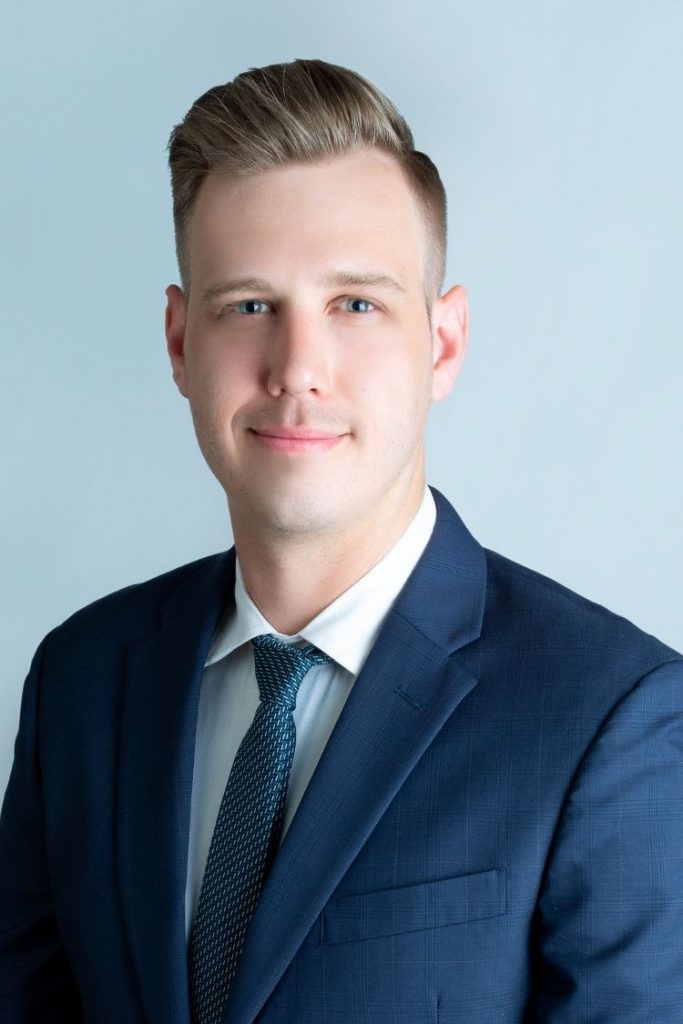The U.S. Grains Council (USGC) maintains nine international offices in addition to its base of operations in Washington, D.C., each tasked with promoting U.S. agriculture exports in their respective countries or regions. When staff from those offices visit the Council’s headquarters, it’s an opportunity to get a closer look at their strategies and successes working for U.S. producers in far-flung areas of the world.
Last week, USGC Deputy Director for Southeast Asia and Oceania (SEA&O) Chris Markey was in Washington and Global Update editors caught up with him to chat about his outlook on the region.
Global Update: What are some recent successes in your region of which your office is particularly proud of?
Markey: The Government of the Philippines recently permitted the voluntary retail sale and use of gasoline blended to contain 20 percent ethanol. The move will create an additional 86 million gallons of potential ethanol demand, which the U.S. ethanol industry will be ready to supply if local ethanol production falls short of demand.
In March, the Council held the latest iteration of the Ag Supply Chain Asia Conference (ASCA), organized annually with the U.S. Soybean Export Council (USSEC) and U.S. Wheat Associates, in Bangkok, Thailand. The conference brings together leading U.S. coarse grain and co-product suppliers and SEA buyers and directly generated sales of about 180,000 metric tons (MT) of U.S. corn (7,086,240 bushels) and 340,000 MT of U.S. distiller’s dried grains with solubles (DDGS) (13,385,120 bushels in corn equivalent).
Lastly, in partnership with a local dairy company, our office recently inaugurated a demonstration and research laboratory for dairy farms in Saraburi, Thailand. The facility will serve as a critical base for conducting programs including nutrition management seminars, feeding trials and operational trainings for farmers across the region.
Global Update: What are some upcoming programs that you’re really looking forward to?
Markey: In August, we will conduct the Council’s first regional dairy summit, to be held at the demonstration and research center in Thailand. Although the dairy industry in SEA remains relatively nascent, there is significant potential for growth in milk production and uptake of DDGS in dairy rations across the region.
Then in September, we will also hold the 2024 edition of the U.S. Agriculture Cooperators Conference (ACC), a regional business-to-business conference organized each year with USSEC and U.S. Wheat Associates. Similar to ASCA, this event facilitates close-knit buyer and exporter engagement and high-level regional dialogues on feed grain procurement, nutrition strategies, protein production and sustainability. ACC 2023 generated sales of 277,000 MT (approximately 10.9 million bushels) of U.S. corn and 394,000 MT (about 16 million bushels in corn equivalent) of U.S. DDGS.
Global Update: What does success look like long term for your office?
Markey: Success for our office looks like consistent growth in DDGS use for emerging industries such as aquaculture and dairy, industries that are showing significant growth potential in SEA. On the ethanol front, success will also be driven by consistent expansion of on-road fuel ethanol policies while proactively gaining a foothold in new-use applications including sustainable aviation fuel (SAF) and bioplastics.
Global Update: Why should U.S. producers be excited about the potential of markets in your region?
Markey: With a population of roughly 700 million people and dynamic demographics, SEA&O is one of the world’s fastest growing economic blocs. Over the next decade, 60 percent of global protein demand growth is forecast to come from Asia and SEA&O is one of the few regions in the world where gasoline consumption over the next decade is projected to increase at a double-digit pace, potentially looking at 20 percent growth by 2034. Additionally, the U.S. government continues to prioritize SEA&O with respect to economic and political engagement, a tailwind for Council programming.
Read more about the Council’s work in Southeast Asia and Oceania here.
About The U.S. Grains Council
The U.S. Grains Council develops export markets for U.S. barley, corn, sorghum and related products including distiller’s dried grains with solubles (DDGS) and ethanol. With full-time presence in 28 locations, the Council operates programs in more than 50 countries and the European Union. The Council believes exports are vital to global economic development and to U.S. agriculture’s profitability. Detailed information about the Council and its programs is online at www.grains.org.

